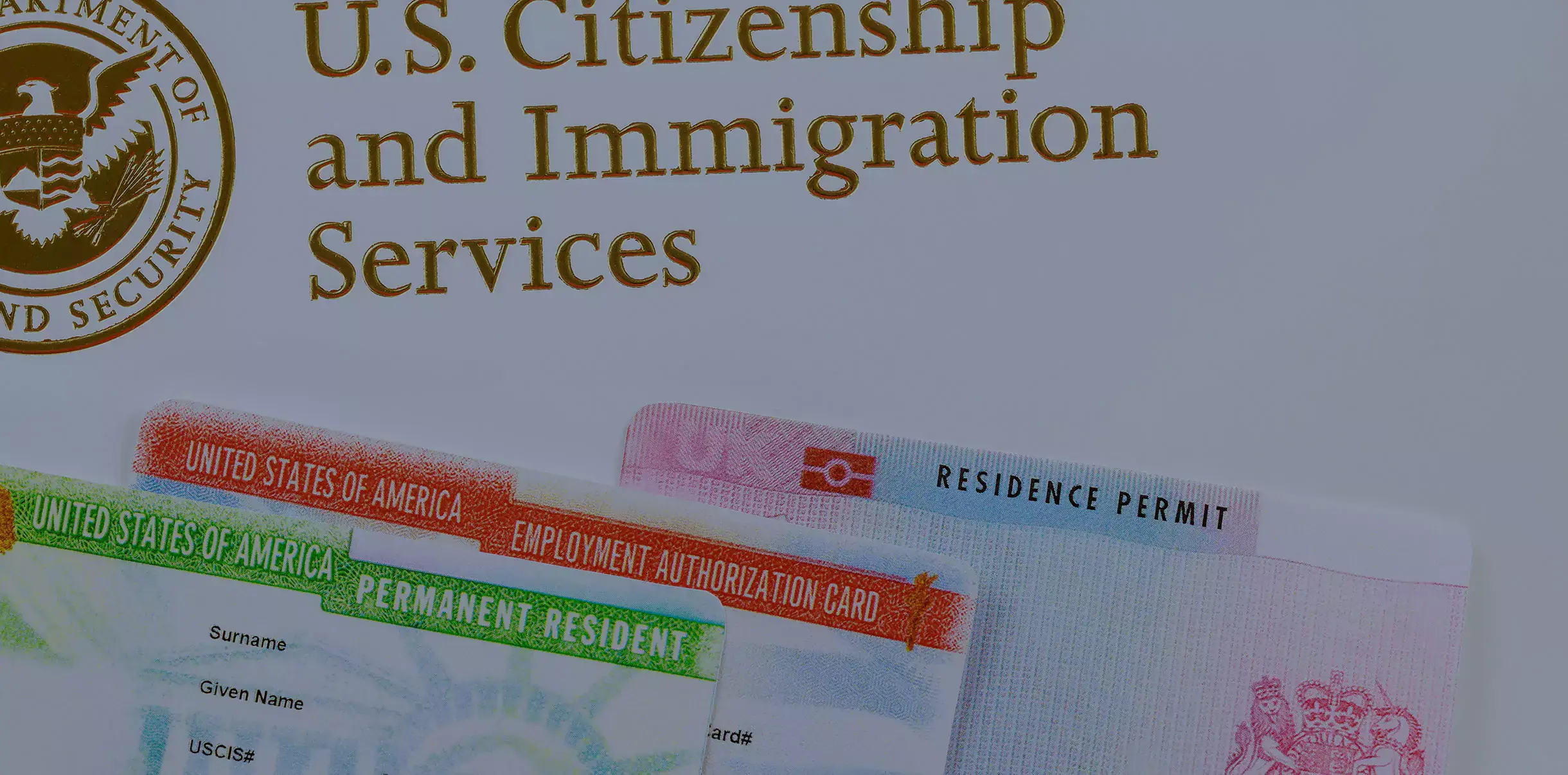An EB-5 investment visa, otherwise known as an investment green card, requires a substantial financial commitment to create additional employment in the US. The EB-5 Visa is based on a qualifying US investment. Unlike an E-2 visa, the EB-5 visa does not require applicants to manage the day-to-day affairs of a business. In addition, applicants for the visa may invest in an existing or a new business, more than one person may invest, and applicants may be a minority owner. Applicants can also live anywhere in the United States — regardless of where the investment is made.
Have questions about or need assistance with this process? A skilled business immigration lawyer can guide you through the complexities of EB-5 requirements and ensure compliance. Contact our Texas immigration attorneys today at (214) 305-2266.
Why Choose Pollak PLLC for Your EB-5 Visa Application Process?
Pollak PLLC offers deep knowledge and representation as a leading EB-5 visa attorney. Led by Managing Attorney Karen-Lee Pollak – an award-winning immigration lawyer recognized in Chambers Global, D Magazine, and Texas Super Lawyers – our firm brings decades of exclusive immigration law experience (over 27 years) to investor visa cases. Pollak PLLC has earned over 150 five-star Google reviews and holds a 10.0 Superb Avvo rating, which speaks to our strong track record of client success. As an immigrant herself and former head of a big-firm immigration practice, practice, Karen-Lee Pollak provides compassionate, firsthand insight into the EB-5 process. Our firm serves investors nationwide, combining deep legal expertise with personalized service and fast, transparent communication.
Karen-Lee-Pollak is a top contributor to the EB-5 investor website and she is considered one of the top EB-5 lawyers in America to deal with investment visas.
New EB-5 Investment Amount
The EB-5 visa was first created in 1990. Since that time, the minimum investment amounts required to obtain the visa remained the same: $500,000 for an investment in a Targeted Employment Area (TEA) or $1 million for non-TEA investments. The Department of Homeland Security defines TEAs; they are either rural areas or places with high unemployment. However, as of November 21, 2019, the investment minimums were raised to meet inflation. The new EB-5 investment stipulations are:
- $900,000 for TEA investments
- $1.8 million for Non-TEA investments
EB-5 Requirements
In addition to the investment requirements, applicants for an EB-5 visa must meet other qualifications. The largest of which is the requirement to create 10 jobs in the US as a result of the investment. To summarize, there are three ways to meet the investment and job-creation requirements for an EB-5 visa.
- Invest $1.8 million in a non-TEA and hire 10 full-time employees.
- Invest $900,000 in a TEA and hire 10 full-time employees.
- Invest either $1.8 million in a non-TEA or invest $900,000 in a TEA and create 10 full-time indirect or induced jobs as a result of the investment.
Also, EB-5 applicants must prove that they are investing in a "new business." For the purposes of this visa, a new business is either one that was formed after Nov. 29, 1990, or one that has been purchased and restructured, or expanded through investment resulting in at least a 40% increase in the net worth or number of employees.
Job Creation Requirements
As mentioned above, EB-5 investors are required to prove job creation as a result of their investment. This can either be done through directly hiring 10 new employees to an organization, or by creating 10 indirect or induced jobs.
Indirect jobs are positions created in the community to support the business with goods or services. Induced jobs are defined as jobs within the community that are or will be created as a result of income spent by employees of the project.
In some instances, EB-5 applicants may be able to invest in what the USCIS defines as a "troubled business." Troubled businesses are defined as companies that
- have been operating for 24 months,
- have experienced a net loss of at least 20% of the company's net worth in the preceding 12-24 months prior to the investor's EB-5 application,
- employs at least 10 full-time employees and expects to maintain that level of employment for at 36-42 months.
Investors may be able to meet the 10-job requirement if they invest in a troubled business and manage to save 10 jobs that otherwise would've been lost.



